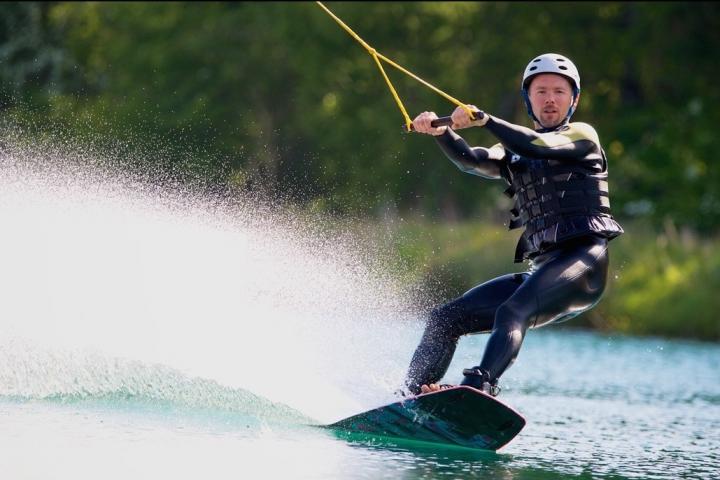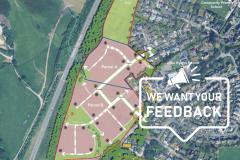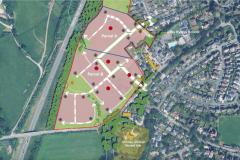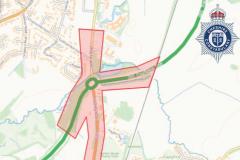
Revised plans to create a water sports activity centre at a former quarry in Chelford will be considered by the Strategic Planning Board next week.
Cheshire Lakes' plans for a watersports and outdoor activity centre at the former Mere Farm sand quarry have endured a fairly unprecedented path through the planning process.
The current proposal is reduced in relation to what was previously proposed, with the watertsports activities now restricted to only a portion of North Lake. The proposal also includes two new islands, which would be constructed on the south lake, as part of the ecology measures.
Additional facilities would be provided in a series of container type structures including a reception and office, kit stores, changing facilities and toilets. On the lake, there would be two buoy lines and an area for a seasonal inflatable course. The remainder of the lake would be available for swimming, with the exception of an exclusion zone around the existing island.
The scheme would also include a new access onto Alderley Road. Parking would be provided for 54 cars, including four accessible parking spaces. There would also be space for coach parking. The parking and ancillary features would be located on an area of grassland between the north lake and Alderley Road.
Previous plans have been considered on five separate occasions by the Strategic Planning Board, the application was first refused, then approved, then refused again because they considered it would have a detrimental impact on biodiversity at the site and in particular on the birdlife.
Cheshire Lakes' subsequently submitted a revised application which included some ecological enhancements and more mitigation to seek to overcome the perceived negative impact.
The planning officer recommended that the revised plans be approved at a Strategic Planning Board meeting in May 2017, however committee members voted to refuse the application by 6 votes to 5.
An appeal against this refusal was dismissed in October 2017. In dismissing the appeal, the Inspector concluded that, while the development would provide appropriate facilities for outdoor sport and recreation, it would constitute inappropriate development in the Green Belt, due to its harmful impact on openness. There were no material considerations, which would outweigh this harm. Consequently, very special circumstances were not found to exist.
The planning officer is recommending the revised plans for approval at their meeting on Wednesday, 26th February, subject to 26 conditions.
The planning officer concluded "The proposed development would provide appropriate facilities for outdoor sport and recreation. The introduction of buildings would inevitably result in some harm to openness in its immediate context. However, the nature of the use means a countryside location, where restrictive policies apply is highly likely. The built form proposed would also be the minimum necessary to enable the use to take place. The harm to the openness of the Green Belt would be limited by the limited spread of development and the low height of the structures.
"A condition requiring the removal of all structures and hardstanding on cessation of use would further limit the harm. Taking all of the above into account, it is considered on balance that the development would not be inappropriate within the Green Belt. The proposal would result in some harm to biodiversity on the lakes, even with the implementation of the mitigation scheme. However, this harm would not be so significant, as to warrant a refusal on biodiversity grounds. "
Plans can be viewed on the Cheshire East Council website by searching for reference 19/2513M.








Comments
Here's what readers have had to say so far. Why not add your thoughts below.